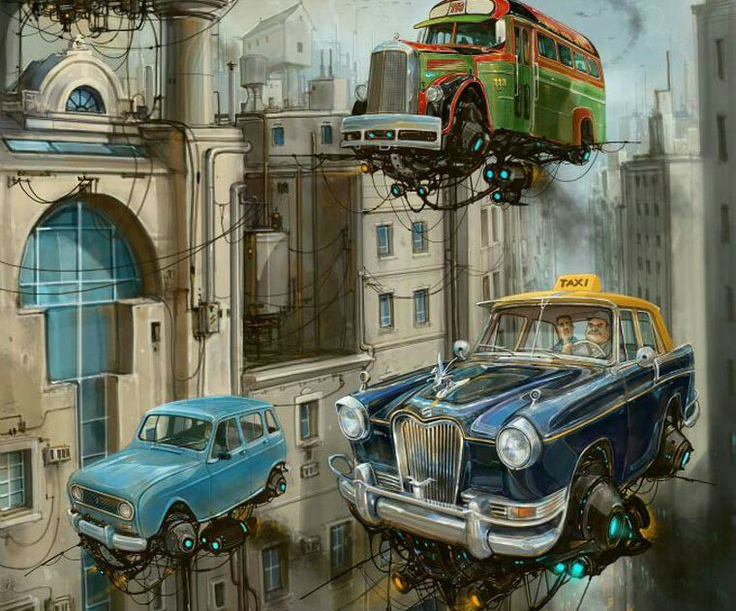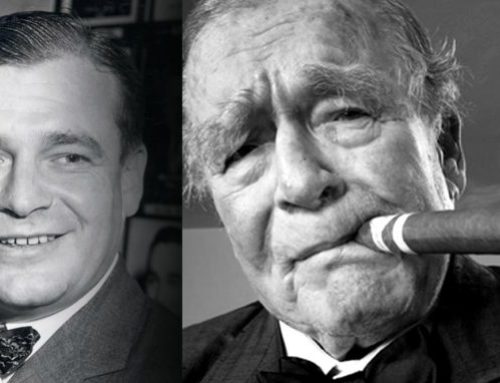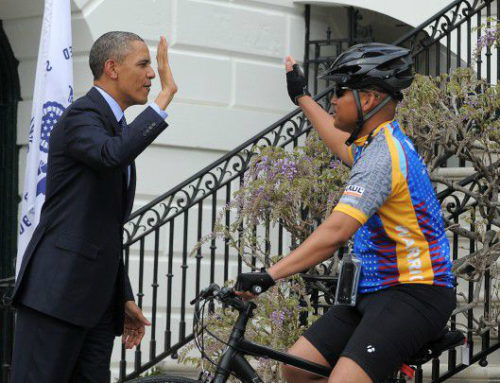The concept of flying cars might appeal to fans of science fiction and forward-looking futurists, but that isn’t stopping Uber (project Elevate) in its plan to launch flying taxis in Sydney, Los Angeles, Dallas, Paris and Dubai by 2020 and expand to other cities by 2023.
“The flight” would cost passengers no more than the average UberX ride.
Five aerospace manufacturers are now working on building this next-generation mode of transportation: Karem, Aurora Flight Sciences, Pipistrel Aircraft, Embraer and Bell Helicopter.
Uber first introduced its white paper last year and has enlisted the likes of NASA to help, but the project still faces significant issues as experts suggest that engineering and regulatory challenges will likely prevent flying cars from ever taking off in a meaningful way.
Uber is planning to use electric and autonomous on-demand Vertical takeoff and landing (VTOL) aircrafts to bring changes to our cities and our lives with quicker daily commutes, less traffic congestion, and cleaner air around the world.
VTOL has the ability to take off and land vertically. However VTOL don’t exist yet, nor does the infrastructure to support such a vehicle.
Uber wants its flying cars to be electric and autonomous but that will require hardware that remains a work in progress. Simply developing a working flying car would be remarkable. But Uber is adding another level of complexity.
Many companies have conducted tests of all-electric and hybrid aircraft and none has reached production yet. Achieving reasonable distance range will probably require a new generation of very energy-dense battery cells, presenting yet another technical challenge. Uber is having trouble perfecting autonomous operation of ground vehicles, so it’s unclear if the company will be able to make that work in the sky.






